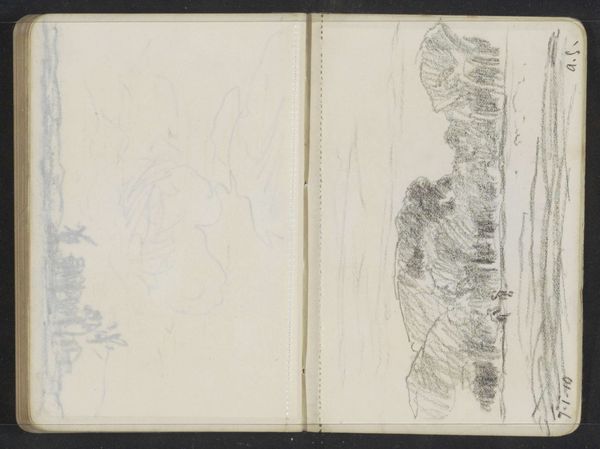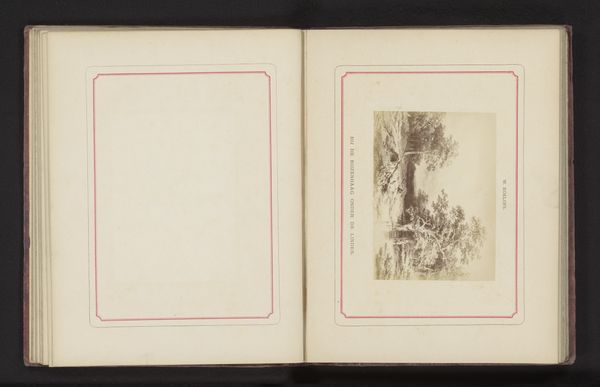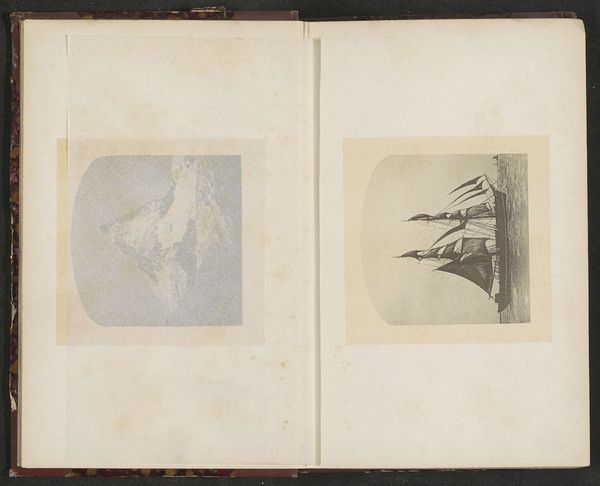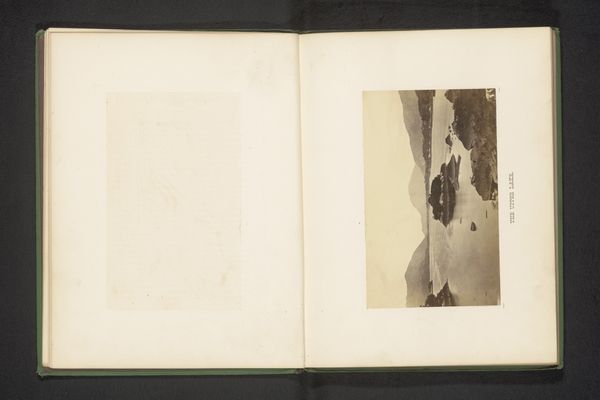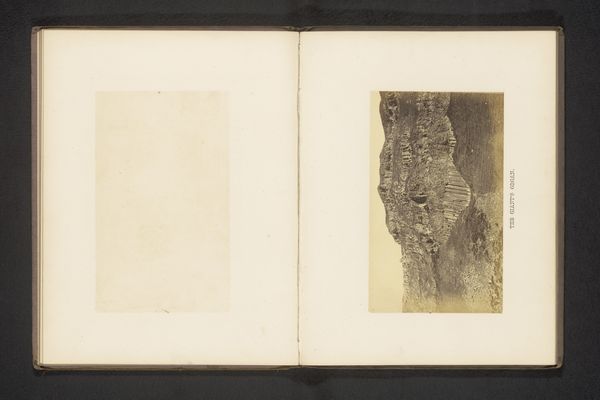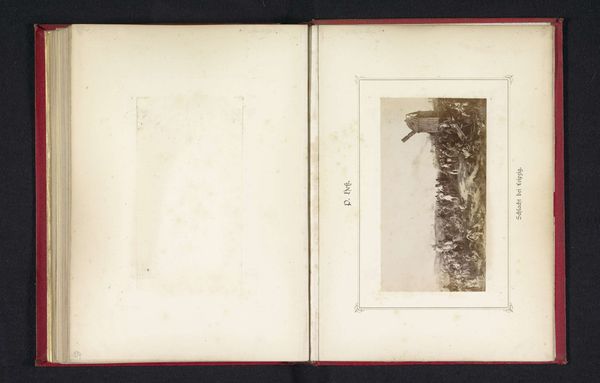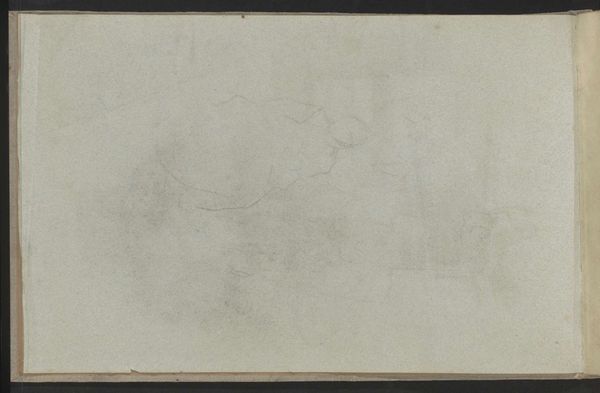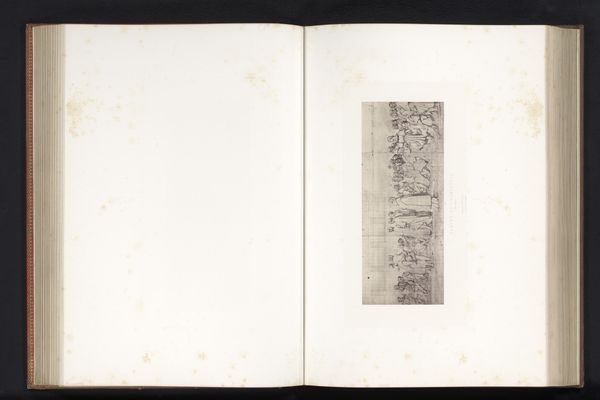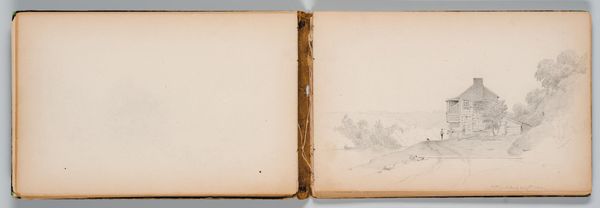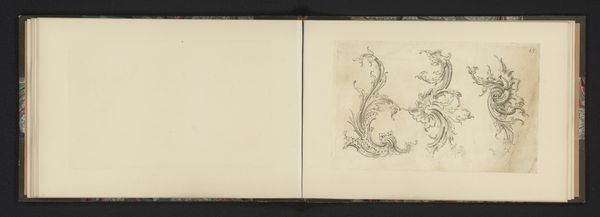
Vijf fotoreproducties van een publicatie door de Arundel Society met tekeningen van de heilige Sebastiaan naar Perugino before 1869
0:00
0:00
drawing, paper, pencil
#
drawing
#
book
#
paper
#
11_renaissance
#
pencil
#
history-painting
Dimensions: height 378 mm, width 290 mm
Copyright: Rijks Museum: Open Domain
Editor: Here we have "Vijf fotoreproducties van een publicatie door de Arundel Society met tekeningen van de heilige Sebastiaan naar Perugino," dating from before 1869. It's an intriguing collection of drawings on paper. They almost look like sketches in a journal, capturing the figure of Saint Sebastian. What historical context can you provide about the Arundel Society’s reproductions? Curator: The Arundel Society played a crucial role in the 19th century in popularizing Renaissance art. By producing and distributing these reproductions, often to a British audience, they were, in a sense, constructing and reinforcing ideas about artistic mastery. The act of reproducing, however, is also a form of interpretation. How do you think these reproductions shaped perceptions of Perugino's Saint Sebastian? Editor: That's fascinating. I hadn’t considered the role of reproduction in shaping artistic legacy. It suggests that access and distribution can be just as important as the original creation. Does the act of making the work widely available almost sanctify its message? Curator: Precisely! Think about it: the Society selectively presented aspects of Renaissance art to align with Victorian ideals. This raises questions about the politics of cultural dissemination, about what stories we choose to tell and how we choose to tell them. It almost canonized Perugino while also making his work part of Victorian culture. How does seeing these reproductions now change your perception of art historical influence? Editor: Well, I'm realizing that the "original" artwork is just one piece of the puzzle. Dissemination is just as crucial to its cultural impact. I’ll definitely look at historical reproductions differently now.
Comments
No comments
Be the first to comment and join the conversation on the ultimate creative platform.


